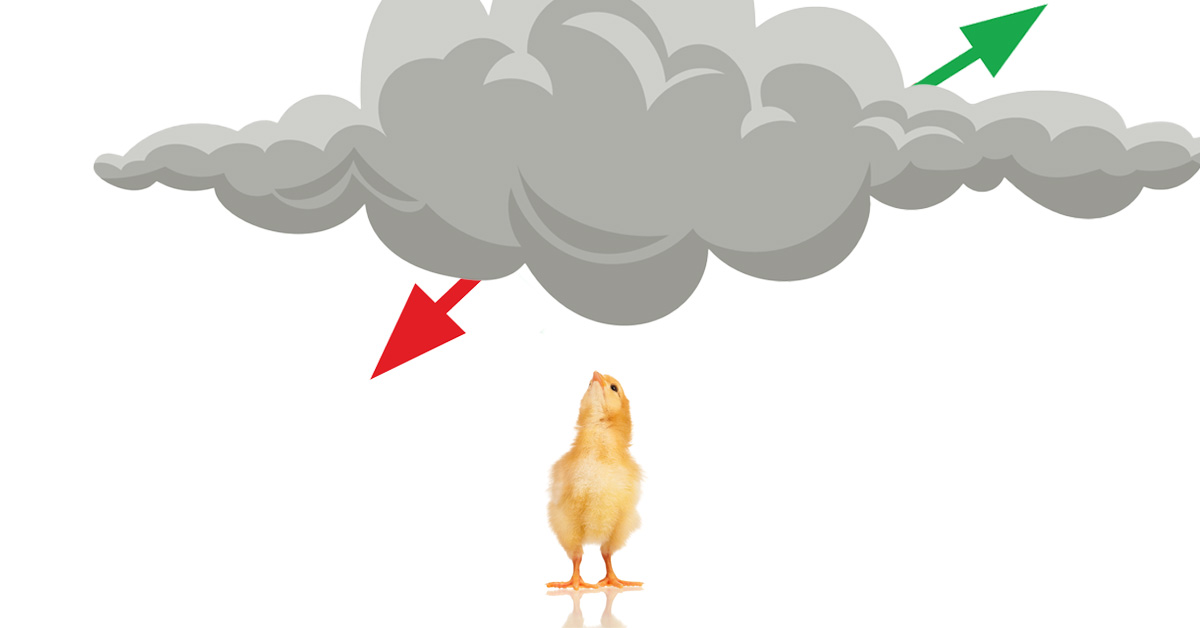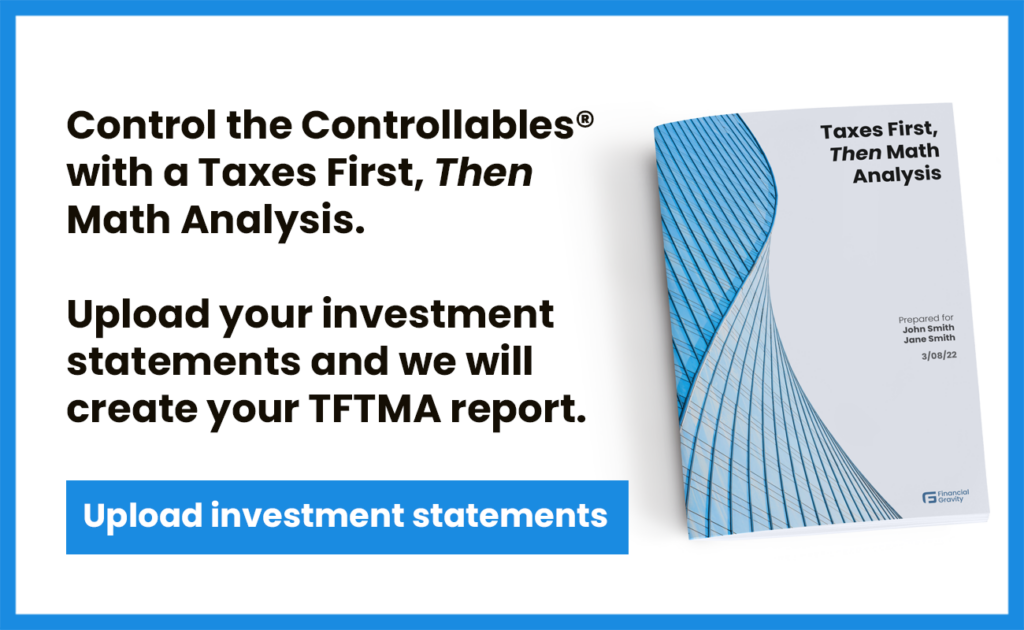The Murphy of Murphy’s Law was a real person, Edward Aloysius Murphy Jr. He was an American Army officer and pilot in World War II, and later, an aerospace engineer—a rocket scientist. Murphy was a devotee of “defensive design,” a principle that states one should always assume worst-case scenarios. You’d have wanted him on your design team, no matter what was being designed.
Murphy’s heart was in the right place. He was involved in experimental and lethal aircraft and was deeply concerned that new, complex systems could lead to severe, unintended consequences for their users. He is noted for his admonishment that “If a part can be installed in more than one position, it will be incorrectly installed in the field,” which eventually became “Anything that can go wrong will go wrong.”
Murphy’s Law has grown over time. It now includes, among other aphorisms, “If there is a possibility of several things going wrong, the one that causes the most damage will be the one to go wrong.” Variants include “The toast will always land jelly side down.”
We can’t know if the legendary comedienne and SNL veteran Gilda Radner was channeling Murphy in her character Roseann Roseannadanna, but she brings the worst-case scenario home powerfully with her famous coda to her act: “It just goes to show you, it’s always something—if it’s not one thing, it’s another.”
Murphy was saying to use caution in design because users may mess things up, while Roseannadanna was suggesting that even if you do your best, stuff just happens. The “stuff” being things beyond your control. You plan a great picnic, but it rains. Your long-planned vacation is ruined by a pandemic.
Murphy was right to be defensive in his design, but Roseannadanna was right because her outlook incorporates entropy, the concept of randomness in a system that causes unpredictability and gradual decay. For this reason, and because she was being intentionally funny while Murphy was just trying to save lives, we’re happy to use the Roseannadanna Rule (just coined) as a guiding principle for wealth management and retirement planning.
We probably don’t need to tell the 50 million or so retired Americans that stuff happens. They’ve seen prices rise by 20% since 2020, and more on things they absolutely need, like food and energy, while many have not seen their income rise by that much. That squeeze has caused real pain for many.
And we don’t have to tell first-time homebuyers, or those looking either to sell or to buy a home, what the impact of higher interest rates is on affordability. We also don’t need to remind homebuilders, or mortgage originators. The homebuilding sector was about 16% of the U.S. economy last year; we may all soon feel the pinch.
We certainly don’t have to tell the commercial real estate market what a pandemic can do to their business. Terms like “urban doom loop” were invented to describe the situation.
The harsh realities described by both Murphy and Roseannadanna don’t come with do-overs. If you point that rocket in the wrong direction, there will be negative consequences. Financial planners should incorporate worst-case scenarios into their client plans, and they should contemplate at least five major threats that can do real damage to the security of their clients.
Timing
Entering retirement at the wrong time in a stock market cycle can blow up a plan. Let’s say a retiree plans to withdraw $40,000 per year from their $1M securities account, a 4% withdrawal rate. Now, let’s assume the market drops 30% shortly after retiring. Now, the account is down to $700,000, and $40,000 just became a 5.7% withdrawal rate.
I don’t know a responsible planner that would recommend a 5.7% withdrawal rate to a person in their 60s. The client has a tough choice: learn to live on $28,000 a year until the market recovers, or take a big risk of running out of money.
Inflation
Americans under 50 have no living memory of inflation as a silent killer. It’s been over 50 years since annual inflation was worrisomely high, but there have been six periods since World War II in which inflation—as measured by CPI—was 5% or higher.
Every investor should plan for retirement during inflation. An average inflation rate of 4% per year for 18 years can cut purchasing power in half or even worse. While we can’t predict what inflation will be like in the future, we can remind investors that it can be brutal: in the ten-year period of the 1970s, it averaged 7.8% per year and was 13.5% in 1980.
Longevity
The news about longevity these days is very bad, and life expectancy in the US has actually fallen over the past couple of years. But if you live a healthy lifestyle and don’t fall tragic prey to the fentanyl problem, it would be wise to plan for a very long life. Revolutionary medical technologies in biotech and genomics may well extend life expectancy over the decades to come.
A plan that spends down your money by age 80 might fall short by 20 years or more. In some counties in the U.S., a baby born today is predicted to have an average life expectancy of 98. If true, that means lots of centenarians.
Risk Drift
Let’s say you make it to 90 and still feel pretty spry. Do you think that older you will want to make big bets on the stock market? Probably not; people tend to get much more risk-averse as they age. The risk and return assumptions of their current investments fit the person you are now, but not necessarily the much older person you will become.
Safer investments come with lower returns, and older folks may find it difficult to maintain exposure to the asset classes that could keep pace with the inflation. This could point to taking more risk when younger, which can cause problems of its own; bear markets can do real harm to financial plans if the client can’t handle the heat.
The Human Element
This introduces the fifth threat, essential humanity. Humans don’t typically do well with losses. Our deep-seated risk aversion can act against us when the news is bad. Interestingly, this can affect us at any age; no one likes to lose money. People who don’t have the patience and discipline to hang in there during the downs of market cycles can fall prey to market timing.
Roseann has a valid point, but we should mention that sometimes it’s not just “one thing or another.” It can be several things at once. Right now, we have high inflation, high interest rates, shooting wars involving nuclear powers, enormous government and private sector debt, and deep divisions among our people. Those are all happening at once, and each of them could create real problems.
Hope for the best, plan for the worst. It’s a sound design philosophy, and it can work wonders in financial planning.









